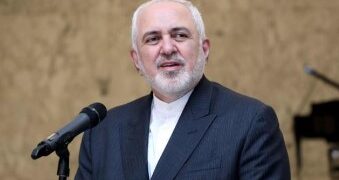NE Watch Desk
Tragedy befell upon Japan after a series of almost 150 earthquakes, among largest since 2018, jolted the country beginning from first day of New Year. The natural disaster killed around 50 people and rekindled fears of 2011 tsunami.
Series of Events
The Noto Peninsula on Japan’s northwest coast was hit by earthquake of 7.6 magnitude after 4 pm on January 1. It took lives of 48 people and injured multiple.
The Japan Meteorological Agency circulated Tsunami warnings for almost all areas located on the coastline of Sea of Japan about a wave of up to five meters on January 1.
However, after documenting a wave of at least 1.2 meters in height, it lifted all tsunami alerts at 10 am on Tuesday.
Post earthquake, houses fell down to ground in Ishikawa Prefecture’s Nanao on January 2.
Quakes caused destruction to around 200 structures, disconnection of power and running water, and hampered rail and road traffic communications.
Forecast for More Quakes
The Japan Meteorological Agency citing previous occurrences stated there is a risk of up to 20 per cent that similar kind of quake could happen and frequent aftershocks are natural and obvious.
More huge earthquakes will trigger a tsunami of the level that authorities warned about initially in the worst case scenario.
Reasons for Quakes in Cluster
The Noto Peninsula has a number of active faults or a reverse-type fault mechanism. The compression propels underground plates together and compels one above the other, as per Japan’s Headquarters for Earthquake Research Promotion. With higher seismic activity over the past three years, quakes have been occurring more in the region since 2018.
The Noto peninsula suffered above 14,000 mini earthquakes with a magnitude of one or more from November 2020 to February 2023.
The Japan Government’s earthquake research council report stated changes in crustal deformation zones in the region indicate that fluid movements were responsible for earlier quakes.
The Noto-Hanto earthquake, the biggest in the Noto peninsula over the last century, occurred with a magnitude of 6.9 on March 25, 2007.
Dangerous Impacts of Quakes in Japan
During the Great East Japan Earthquake and subsequent tsunami of 2011, about 20,000 people lost their lives and about 2,500 went missing. A large portion of the northern region required reconstruction as more than 120,000 collapsed completely. It led to Japan’s worst nuclear disaster at Tokyo Electric’s Fukushima plant. The government had to bail out the utility and raise taxes.
Above 6,000 people died in the Kobe earthquake in 1995, more than 200 people lost their lives in the Kumamoto earthquake in 2016. The death tally exceeded 100,000 after an earthquake hit Tokyo in 1923.
Japan’s Warning System
Since 2007, an earthquake early warning or EEW system of the meteorological agency has been in place. Measurement techniques have been upgraded to better judge the size of multiple earthquakes occurring at the same time since the events of 2011 and 2016. However, it still sends fake alarms, including in 2018 and 2020.
Japanese residents rely on loud alerts on smartphones, national broadcaster NHK and other TV stations. But huge earthquakes affect connections.
Prime Minister Fumio Kishida urged to remain cautious against the spread of misinformation.
















